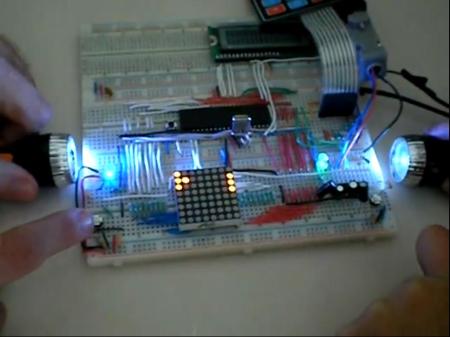[Aurelio] wrote in to tell us about the smartCaster, an “Open source automatic roto-casting machine.” For those of you not familiar with roto-casting, or rotational molding, it’s a process whereby something to be formed is placed into a mold and then melted while spinning. This item is often plastic, but it can be another material such as plaster of Paris or even chocolate.
Naturally, having something made using this process is generally very expensive and generally requires a high volume of parts to be made. The smartCaster Kickstarter project aims to change this. Although in the prototype stage currently, [Aurelio] claims to need only $1571 to finish his project and make it ready for the prospective at-home rotational molder.
Although it’s a much different tool than we see here most of the time, for the right project (custom Easter Bunnies anyone?) it could be quite useful. Check out a video of the prototype in action after the break. Continue reading “An Open-Source Rotational Casting Machine”

















